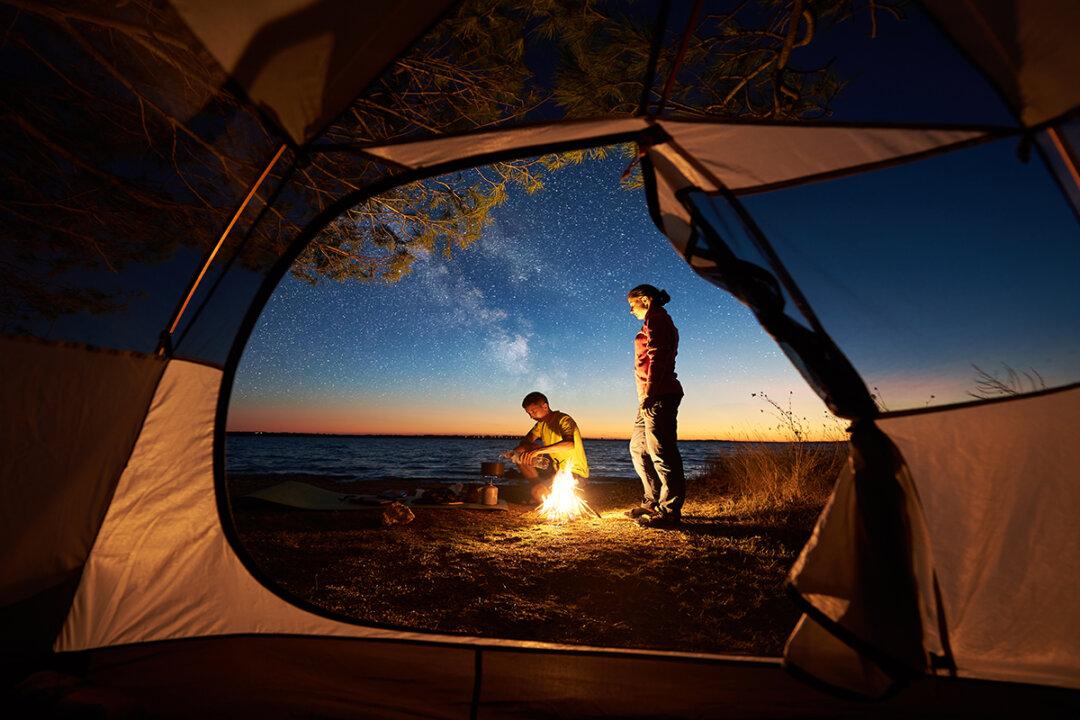Summer weather invites exploration of local, state, and national parks. The vast majority of park visitors spend only a few hours happily traipsing around before heading to their vehicles and safely returning home. However, as the TV series “Gilligan’s Island” taught us, plans can go awry, making it a good idea to be prepared, just in case.
Unless the hike is on a popular trail that doesn’t go far beyond the parking lot and sees a steady flow of other hikers, the first thing to do is have a plan and follow it. Taking it a step further, it’s a good idea to share the day’s plans with friends or family who will know to be concerned if they don’t receive an “I got home OK” call or text at the end of the day.






